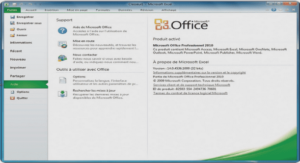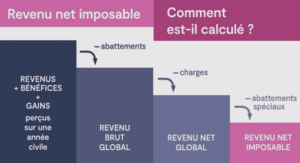Water Worlds
We present the study of the thermal emission of five aquaplanets. As in the previous chapters, we study the physical characteristics of the planet, their influence on the climate, the global infrared emission, and the shape of the thermal light curve observed at different geometries. Because of the homogeneity of the surface, the variability of the signal is produced by the presence of clouds. We are interested in the influence of clouds on the retrieval of the rotation rate. We have used LMD Global Climate Model data of five aquaplanets with the same atmospheric composition as the Earth and we have modified the rotation rate and the tilt of the rotation axis. Section 6.1 is an introduction to this type of planets; Section 6.2 describes the general characteristics of the climate of aquaplanets and the results of our set of study; in Section 6.3, we compare the infrared light curves of non- synchronous and synchronous aquaplanets; in Section 6.4, we discus the retrieval of the rotational period in planets without continents; Section 6.5 presents the longitudinal curves; and in Section 6.6, we give the conclusions of our study.land (Flament et al., 2008). It is possible then that at a certain epoch the early Earth had been covered with water except for a little fraction of its surface emerged in the form of small islands (Belousova et al., 2010; Guitreau et al., 2012). Water worlds could be common within the circunstellar Habitable Zone (HZ). For this reason, it is interesting to study this type of planets. The amount of water on a terrestrial planet could vary considerably as it depends on the delivery of water from sources belt, Raymond et al. (2007) found that they typically form an Earth like planet within the HZ with 1-10 times the amount of water on Earth. According to the so-called ”Grand Tack” model, the distribution of water in the main belt is tightly associated with the specific formation and orbital evolution of the giant planets of the Solar System (Walsh et al., 2012) and could vary from one planetary system to another. On the Earth, approximately half of the total amount of water constitutes the oceans, and the other half is held within the mantle. This distribution is not fully understood although some hypotheses have been proposed (Kasting & Holm, 1992) and could also be different on another planet. If we assume that this ratio and the bulk composition of the planet (0.1% of H2O in mass) are constant, the fraction of emerged land would decrease for a more massive planet.
However, planets of terrestrial mass may have a very different origin than the Earth and it is expected that some of them may consist in a much larger fraction of water. An ocean planet, as proposed by Kuchner (2003) and L´ Afterwards, the body migrates into the Habitable Zone (HZ) where the ices melt into liquid water oceans that cover the surface. The formation of a water-rich planet ending in the HZ can also be triggered by the migration of giant planets (Raymond et al., 2006). Having lower density, the radius of an ocean-planet is larger and its gravity lower than in terrestrial analogues (Sotin et al., 2007; Adams et al., 2008). This property make this type of planets easier to detect by transit missions like CoRoT or Kepler (Selsis et al., 2007) and easier to study by spectrophotometry (JWST).result of planet formation and evolution. The Earth itself may have been mostly covered by water during half of its history (although neither the atmosphere nor the oceans had the same characteristics as present Earth). The discovery of extrasolar water worlds would open a new field of comparative planetology. Because of their homogeneity, this type of planets is interesting to study the interaction between the ocean and the atmospheric circulation. In addition, their environmental conditions will be valuable to examine the hydrothermal origin of life .




